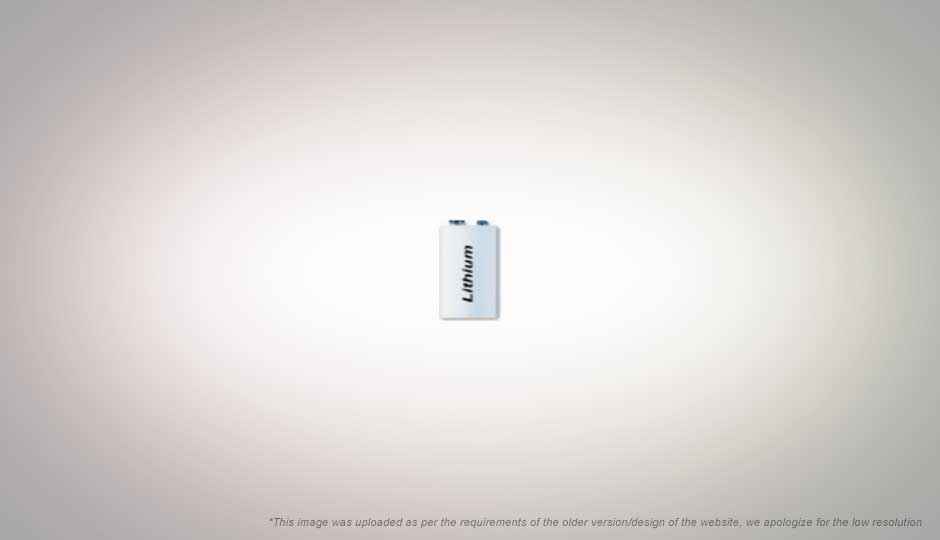Carbon nanotubes to increase energy capacity of Lithium-ion batteries tenfold

Researchers at MIT have figured out a way to give Lithium-ion batteries a significantly higher energy capacity, up to tenfold of an unmodified battery. This was done using carbon nanotubes, a form of carbon where pure carbon is rolled up into tiny tubes, in one of the battery electrodes. The new electrode material was fabricated layer-by-layer in electrostatic-self assembly, with the base material being alternately dipped in positive and negative solutions containing carbon nanotubes and charge-attributing organic compounds, resulting in a film which has tightly packed layers because of the attraction between opposite charges, and is also very durable.
Researchers found that when carbon nanotubes are used in the electrode, the primary advantage is one of porosity and ion storage. As the film of carbon nanotubes is applied on electrodes using electrostatic self-assembly, it will be porous at the nanometre scale and have more nanotubes per area, exposing a greater surface area for reaction than ordinary carbon nanotubes. The new method for carbon nanotube fabrication gives the material many more oxygen groups on their surfaces, allowing them to store a large number of lithium-ions, enough to now be used as positive electrodes (cathodes) as well, where previously they could have just been used for negative electrodes (anodes).
Such electrodes will be useful in helping the power capacity of not just Lithium-ion batteries, but several others based on electrolysis. Experiments with the new carbon nanotube electrode Lithium-ion batteries have shown great potential in both the capacitor and battery aspects of the battery, where the “energy output for a given weight of this new electrode material was shown to be five times greater than for conventional capacitors, and the total power delivery rate was 10 times that of lithium-ion batteries”. All this is attributed to the efficient “conduction of ions and electrons in the electrode, and efficient lithium storage on the surface of the nanotubes.” The new carbon nanotube Lithium-ion batteries also show excellent longevity, where even after 1000 recharging/discharging cycles of the test battery, there was “no detectable change in the material’s performance.”
Presently, due to the small thickness of the new electrodes produced, the improvements of energy delivery are only seen at high-power output levels, already assuring users of portable devices a long and happy battery life. But, the scientists are working on making thicker electrodes, which in the future will give great performance to low-output levels, resulting in applications such as hybrid cars, et cetera. However, it is not known if the technology will work the same way for these thicker electrodes.
A sign of how useful this new technology is the fact that a “number of companies” are apparently already “gearing up for mass production of the material”. So expect to see new and improved Lithium-ion batteries soon! This new technology will also give Hitachi’s new Lithium-ion technology a run for its money, though it will probably prove to be more expensive to manufacture.

